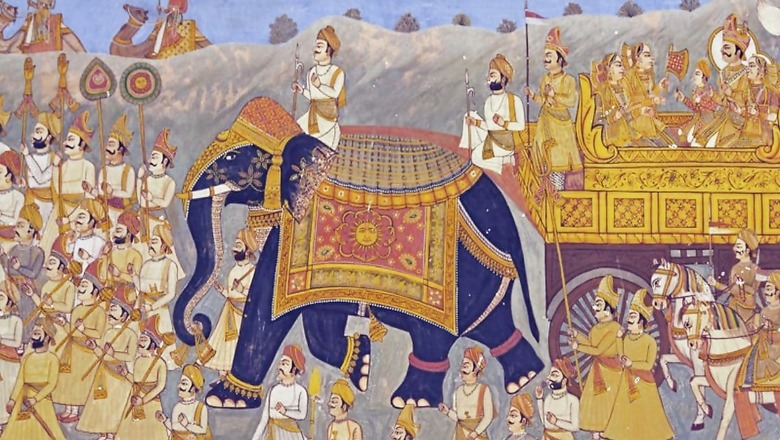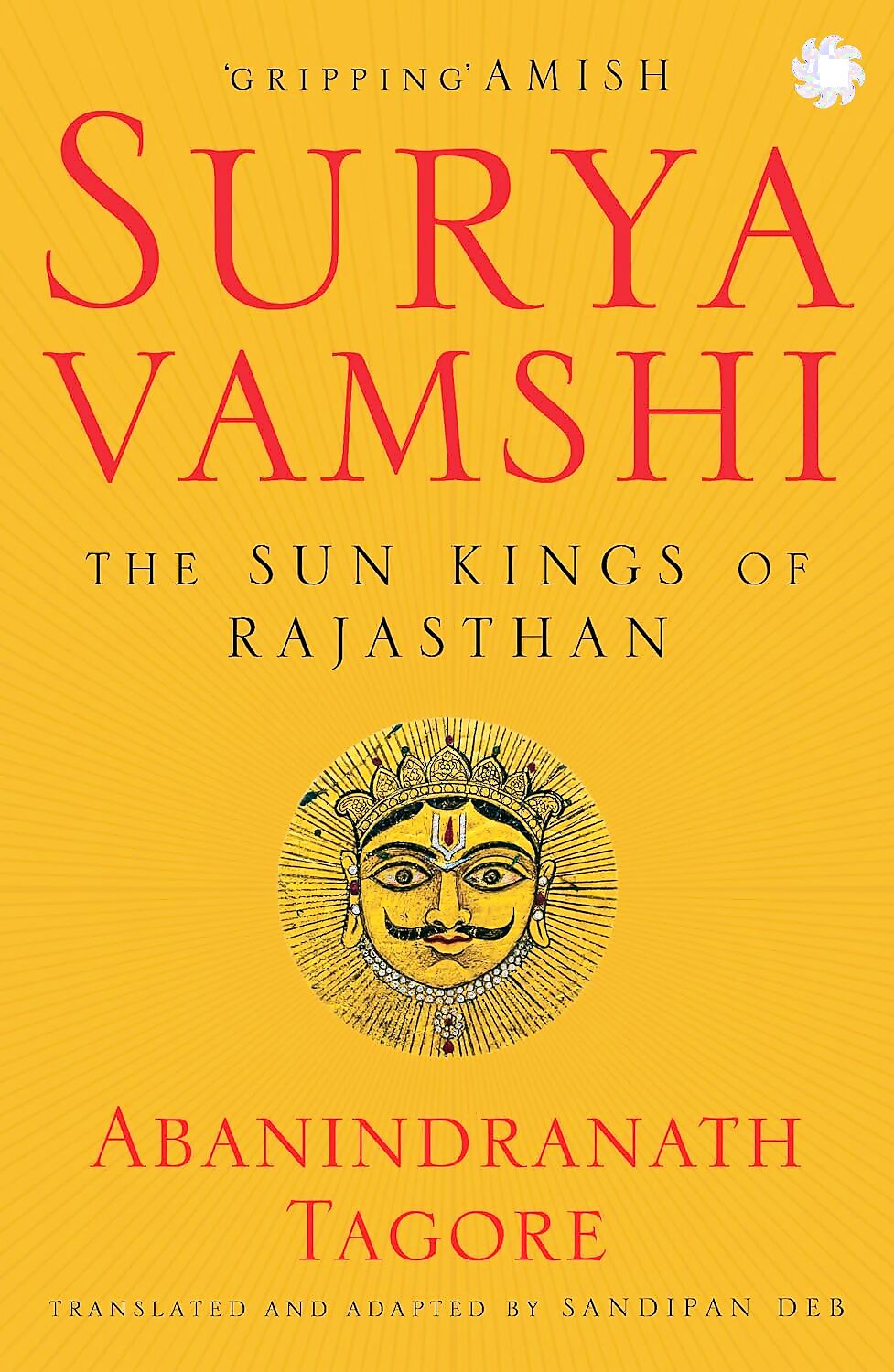
views
Lieutenant-Colonel James Tod worked for the East India Company. Among his many writings on India’s history and geography, the most famous is undoubtedly ‘Annals and Antiquities of Rajasthan’, initially published in two volumes in 1829 and 1832, and reprinted in three volumes in 1920. Today, everyone should agree Tod wasn’t always reliable as a historian. But the impact Tod’s volumes had was phenomenal.
For example, the belief that “sati” was universal as a practice, was largely due to Tod. Or take the case of Princess Krishna Kumari of Udaipur. Rather than trigger a war between Rajput kings about who would marry her, she poisoned herself. Such was the impact of this story that Krishna Kumari featured in poetry and prose written in Britain in the mid-19th century. Most people don’t know that the first play, published in English by an Indian, was authored by “English” Subha Rao and that this was on Krishna Kumari. (There will soon be a book on this. I am not at liberty to say more.)
Michael Madhusudan Dutt was a poet and playwright. He initially wrote in English, switching to Bengali later and in 1860, he wrote a play (in Bengali) on Krishna Kumari. James Tod made people in Britain and India aware of Rajasthan’s history and stories.
The 19th century has been described as a period of renaissance in Bengal. Among other things, this involved a sense of pride and rediscovery, and a kindling of nationalism. Bengal’s history was such that the Pala and Sen kings belonged to the somewhat distant past. One looked for stories that would stoke the fires of nationalism. So, one blew up relatively minor protagonists and incidents, as Bankim Chandra Chatterjee did in ‘Anandamath’ (1882) and ‘Devi Chaudhurani’ (1884) (after all, these novels were fiction). Or, one turned to Rajasthan, as Bankim Chandra did in ‘Rajsimha’ (1882).
In 19th-century Bengal, there was a fascination with Rajasthan (as there was with Maharashtra) and Tod contributed to it. Rabindranath Tagore’s contributions to literature straddled a vast array of genres. His poetry too changed over time. Rajasthan features once in a while in the collection published as ‘Katha o Kahini’ (1908). Another author who brought Rajasthan home to the Bengali reader was the civil servant Romesh Chunder Dutt, still remembered for his verse translations (in English) of Ramayana and Mahabharata. In Bengali, Romesh Chunder Dutt also wrote something akin to Tod, history, rather than outright fiction. There was one on Maharashtra (1899). The one on Rajasthan (1879) was titled ‘Rajput Jivan Sandhya’.
After the aborted division of Bengal in 1905, nationalism moved to a different level, including revolutionary struggles for Independence (a consequence was the shift of the capital to Delhi in 1911). Abanindranath Tagore (1871-1951) was a famous painter and the founder of the Bengal School of Art (he incorporated Rajput styles in his paintings too). One of his famous paintings is “Bharat Mata” (1905), in response to the division of Bengal (Abanindranath Tagore’s understanding of nationalism was different from that of Rabindranath Tagore’s).
Abanindranath Tagore also wrote for children and this was a completely different style that many Bengali children grew up with. There were books like ‘Buro Angla’, ‘Nalak’ and ‘Khirer Putul’. It was almost as if he was painting with his pen. Essentially, language is meant to be heard, not read. The medium is aural, not visual. With such authors, one should read their works out aloud. Better still, close your eyes and get someone else to read it aloud. Abandindranath Tagore’s ‘Raj Kahini’ belongs to that genre. You can translate it as “Stories of kings”. Or if you treat “Raj” as an abbreviation of Rajasthan, “Stories of Rajasthan”. Either is correct and both convey the sense. As far as I remember, this was originally published in 1905.

Abanindranath Tagore borrowed from Tod and his retellings covered Shiladitya, Goha, Bappaditya, Padmini, Hambir, Chanda, Rana Kumbha and Sangramsingh (there was no Krishna Kumari). As Sandipan Deb points out, “Today we know some of the characters who appear by names that are different from what they are in Raj Kahini…I have not tried to correct the factual inaccuracies in the tales other than take care of a few logical inconsistencies. My reasoning for this is that Abanindranath was not trying to write ‘history’ as understood in academia, just as the tales of King Arthur and his Round Table did not come down through the ages as ‘history’. It is also important to remember that Abanindranath wrote this book during the first flush of the Indian struggle for freedom from colonialism…Abanindranath’s book belongs firmly to the tradition of itihasa, the uniquely Indic concept that straddles history and mythology and tries to convey a truth that goes beyond dry facts and statistics.” Precisely.
‘Raj Kahini’ was translated in 2014 by Ratna Jha, as ‘Kings of Rajasthan’ (Vij Books). That was beautifully done. And so is ‘Suryavamshi: The Sun Kings of Rajasthan’, by Sandipan Deb. Both capture the tapestry-like quality of the original. If you read both side by side, you realise that both have trans-created and adapted, rather than do word-for-word translations. That is the way it should be. You also understand why Sandipan chose to call his translation ‘Suryavamshi’.
‘Suryavamshi: The Sun Kings of Rajasthan’, by Abanindranath Tagore, translated and adapted by Sandipan Deb, Juggernaut, 2024.
The author is the chairman of the Prime Minister’s Economic Council and a well-known Sanskrit scholar. Views expressed in the above piece are personal and solely those of the author. They do not necessarily reflect News18’s views.


















Comments
0 comment